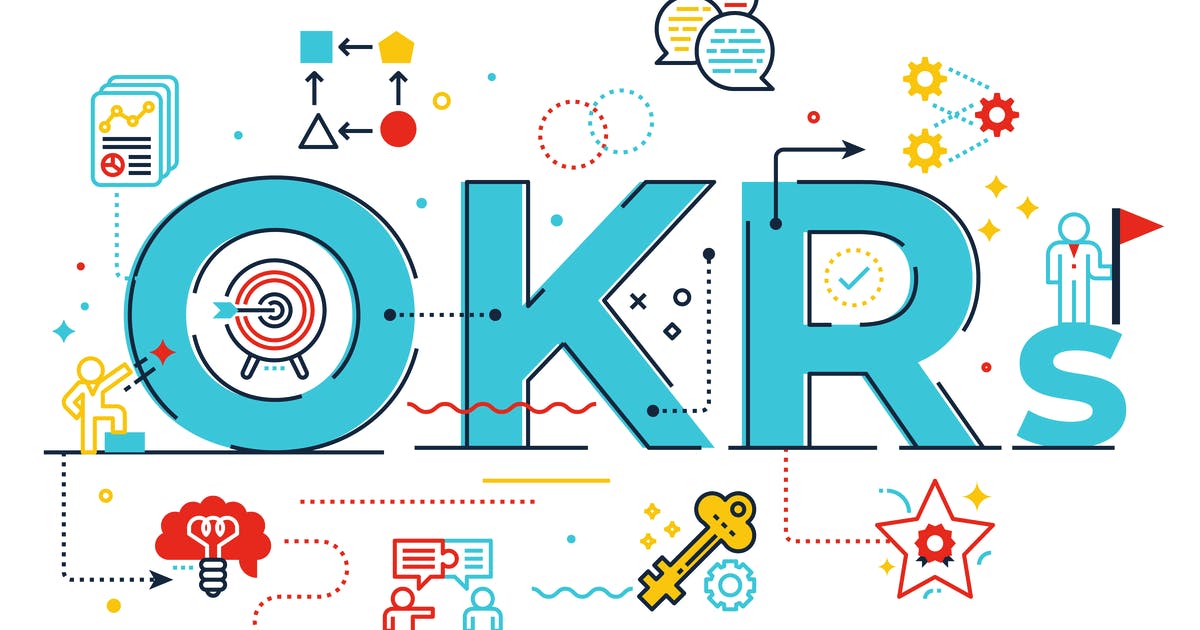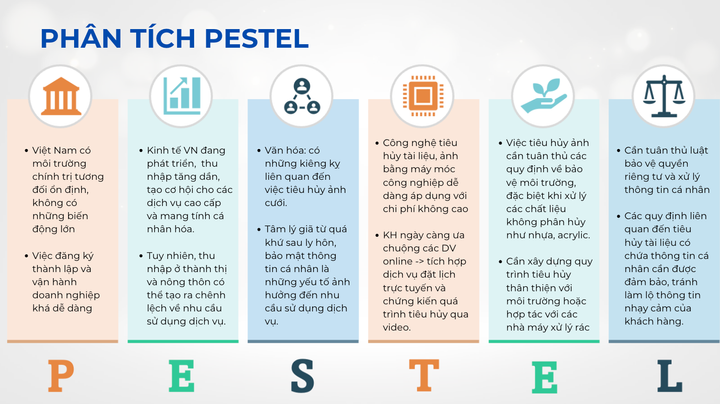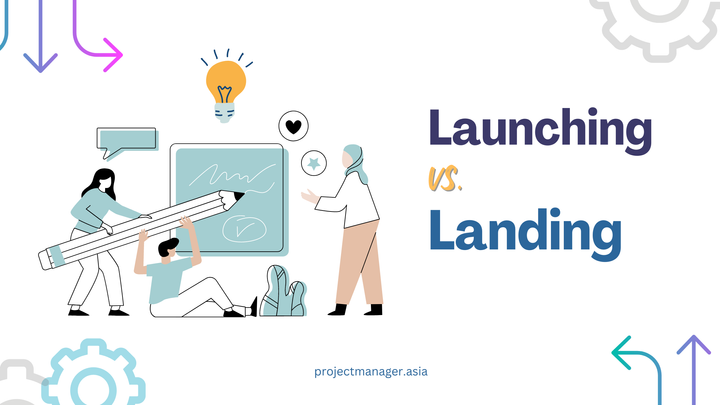Mastering OKRs: A Deep Dive into Objectives and Key Results

In today's rapidly evolving business landscape, effective goal-setting is crucial. One approach that has gained significant traction for its efficiency is OKRs, or Objectives and Key Results. This comprehensive guide will delve into the intricacies of OKRs, covering what they are, their benefits, a comparison with the SMART framework, and how to use them to set project goals effectively.
What Are OKRs?
OKRs, which stands for Objectives and Key Results, are a goal-setting framework that traces its origins back to Intel in the 1970s, later refined by Google. Today, they have become a powerful tool adopted by organizations of all sizes and industries to align their efforts, enhance transparency, and drive remarkable results.
Objectives: These are succinct, qualitative statements that articulate what an organization or team aims to achieve. They should be ambitious, inspiring, and centered on the overarching mission or vision.
Key Results: Key Results are specific, measurable, and time-bound metrics that gauge the progress toward achieving the Objectives. They act as the quantifiable outcomes that ensure accountability and drive results.
Benefits of OKRs
OKRs offer a range of advantages for organizations and teams:
- Enhanced Focus: OKRs maintain a laser-like focus on what truly matters, reducing distractions and unproductive tasks.
- Improved Alignment: OKRs promote alignment throughout the organization, ensuring that everyone works cohesively towards shared objectives.
- Accountability: The specific nature of Key Results fosters individual and team accountability.
- Adaptability: OKRs allow for flexibility and adaptability, enabling organizations to pivot and adjust to changing circumstances.
Comparing OKRs with SMART Goals
Let's briefly compare OKRs with the SMART framework, another well-known goal-setting methodology:
- Specific: Both OKRs and SMART goals emphasize specificity, demanding clear, unambiguous statements of what needs to be achieved.
- Measurable: While SMART goals focus on measurability, OKRs take it a step further by providing specific metrics (Key Results) to track progress.
- Achievable: SMART goals emphasize attainability, while OKRs encourage a level of ambition, pushing teams to reach for more significant outcomes.
- Relevant: Both frameworks require goals to align with broader objectives, but OKRs cascade down from higher-level company Objectives.
- Time-bound: Both SMART goals and OKRs incorporate time-bound elements, with OKRs emphasizing quarterly cycles for periodic check-ins.
How to Apply OKRs for Project Goals
OKRs are a versatile framework that can be applied effectively to set and achieve project goals. Here's a step-by-step process with additional examples:
Step 1: Define Project Objectives
Start by articulating clear, inspiring project Objectives that align with your organization's strategic goals. For example:
- Company Objective: Increase customer satisfaction.
- Project Objective: Enhance the usability of the product to boost customer satisfaction.
Step 2: Create Measurable Key Results
Develop specific Key Results for your project that are measurable and time-bound. These could include metrics like:
- Increase user engagement by 15% in three months.
- Reduce project costs by 10% by the end of the quarter.
- Attain a customer satisfaction score of 90% within the next two quarters.
Step 3: Cascade Objectives
Ensure that your project Objectives align with the company's high-level Objectives. This alignment ensures your project's efforts directly contribute to the company's mission:
- Company Objective: Increase customer satisfaction.
- Department Objective: Enhance product usability.
- Project Objective: Improve specific features to meet usability standards.
Step 4: Regular Check-Ins
Hold regular check-in meetings with your project team to review progress. This allows for timely adjustments and ensures everyone is on track to achieve the Key Results. Examples include:
- Weekly status meetings to discuss Key Results progress.
- Bi-weekly performance reviews to identify roadblocks and solutions.
- Monthly retrospectives to evaluate the project's trajectory and adapt as needed.
Step 5: Accountability and Adaptation
Hold team members accountable for their respective Key Results. If progress is lagging, adapt your strategies and resources to stay on course. For instance:
- Team leads are responsible for specific Key Results, and they report on their progress regularly.
- If a Key Result is at risk of not being achieved, the team may reevaluate their approach and resource allocation.
- An agile project management approach allows for quick adaptations to meet changing requirements or unforeseen obstacles.
Additional Examples of OKRs
To provide further clarity on how OKRs can be applied in various contexts, here are additional examples:
Sales Team
- Objective: Increase quarterly revenue.
- Key Results:
- Close 20% more deals compared to the previous quarter.
- Achieve a 90% customer retention rate.
- Increase the average deal size by 10%.
- Key Results:
Marketing Team
- Objective: Enhance brand visibility and online presence.
- Key Results:
- Increase website traffic by 30% within six months.
- Achieve a 15% growth in social media followers.
- Generate 50% more qualified leads from online campaigns.
- Key Results:
Human Resources
- Objective: Foster a culture of continuous learning and development.
- Key Results:
- Increase the number of professional development programs offered by 20%.
- Achieve an 85% employee participation rate in training programs.
- See a 10% increase in employee satisfaction scores related to career growth opportunities.
- Key Results:
Product Development Team
- Objective: Launch a new product feature that enhances user engagement.
- Key Results:
- Increase user engagement by 20% within the first quarter after the feature launch.
- Receive positive feedback from 90% of surveyed users.
- Resolve any critical bugs or issues within 48 hours of user reports.
- Key Results:
Education Sector
- Objective: Improve student outcomes and academic performance.
- Key Results:
- Increase standardized test scores by 10% within one academic year.
- Reduce the student dropout rate by 5%.
- Enhance teacher-student communication, leading to a 15% increase in student satisfaction.
- Key Results:
Conclusion
OKRs, or Objectives and Key Results, provide a powerful framework for organizations to set, track, and achieve their goals. Their benefits include enhanced focus, improved alignment, increased accountability, and adaptability to changing circumstances. When compared to the SMART framework, OKRs offer a more comprehensive approach with specific metrics that ensure measurable outcomes.
Applying OKRs to project goals involves defining clear Objectives, creating measurable Key Results, cascading objectives to align with company goals, conducting regular check-ins, and holding team members accountable while staying adaptable.
The versatility of OKRs allows them to be applied across different teams and industries, from sales and marketing to human resources and product development. With examples spanning various sectors, it's clear that the OKR framework is a valuable tool for driving success and achieving meaningful results in a wide range of contexts. Embrace OKRs, and unlock the potential for enhanced performance and goal attainment in your organization.



Comments ()